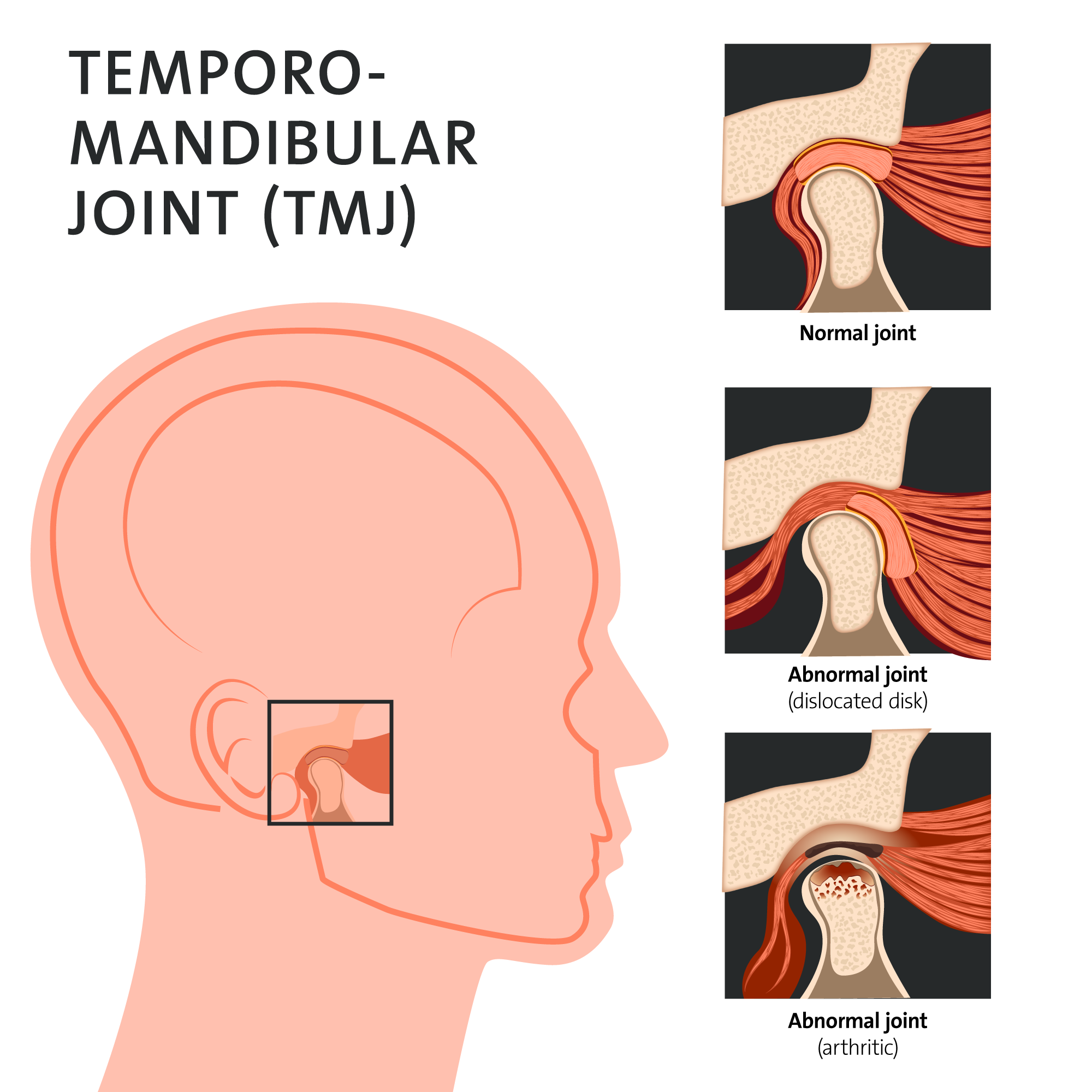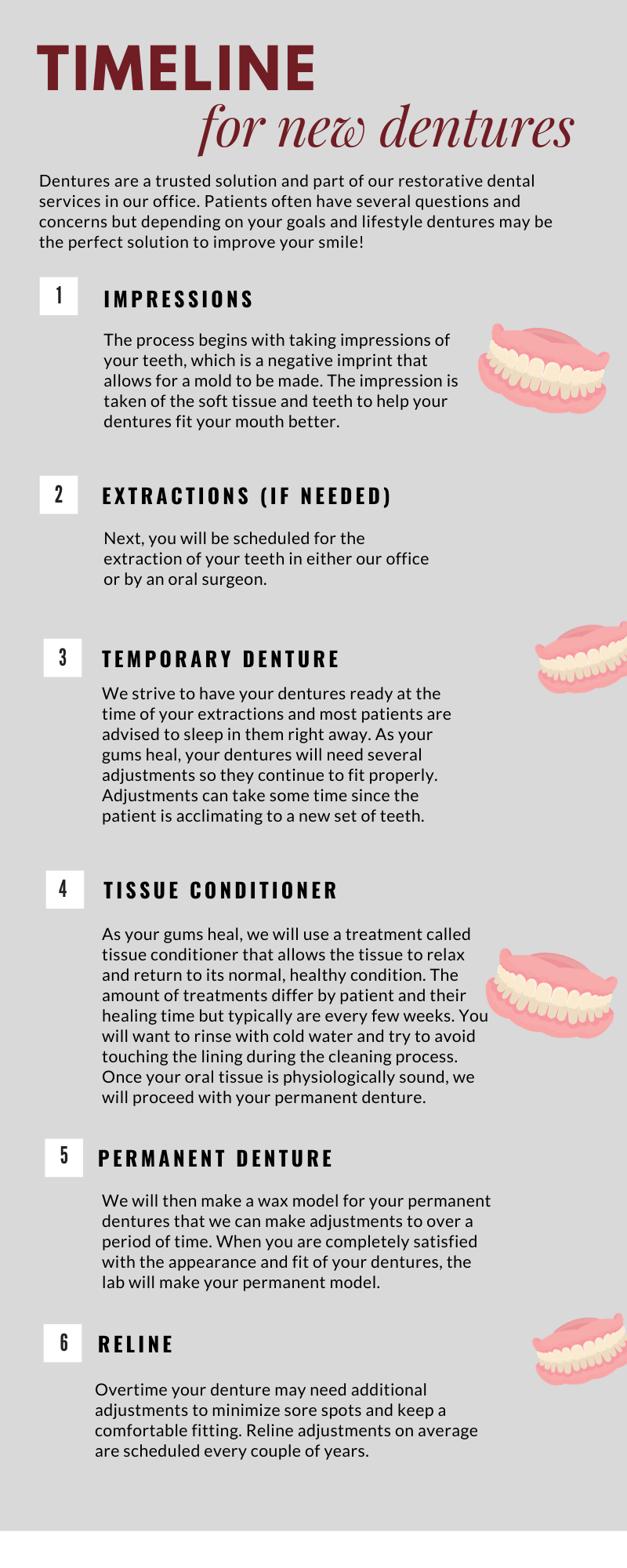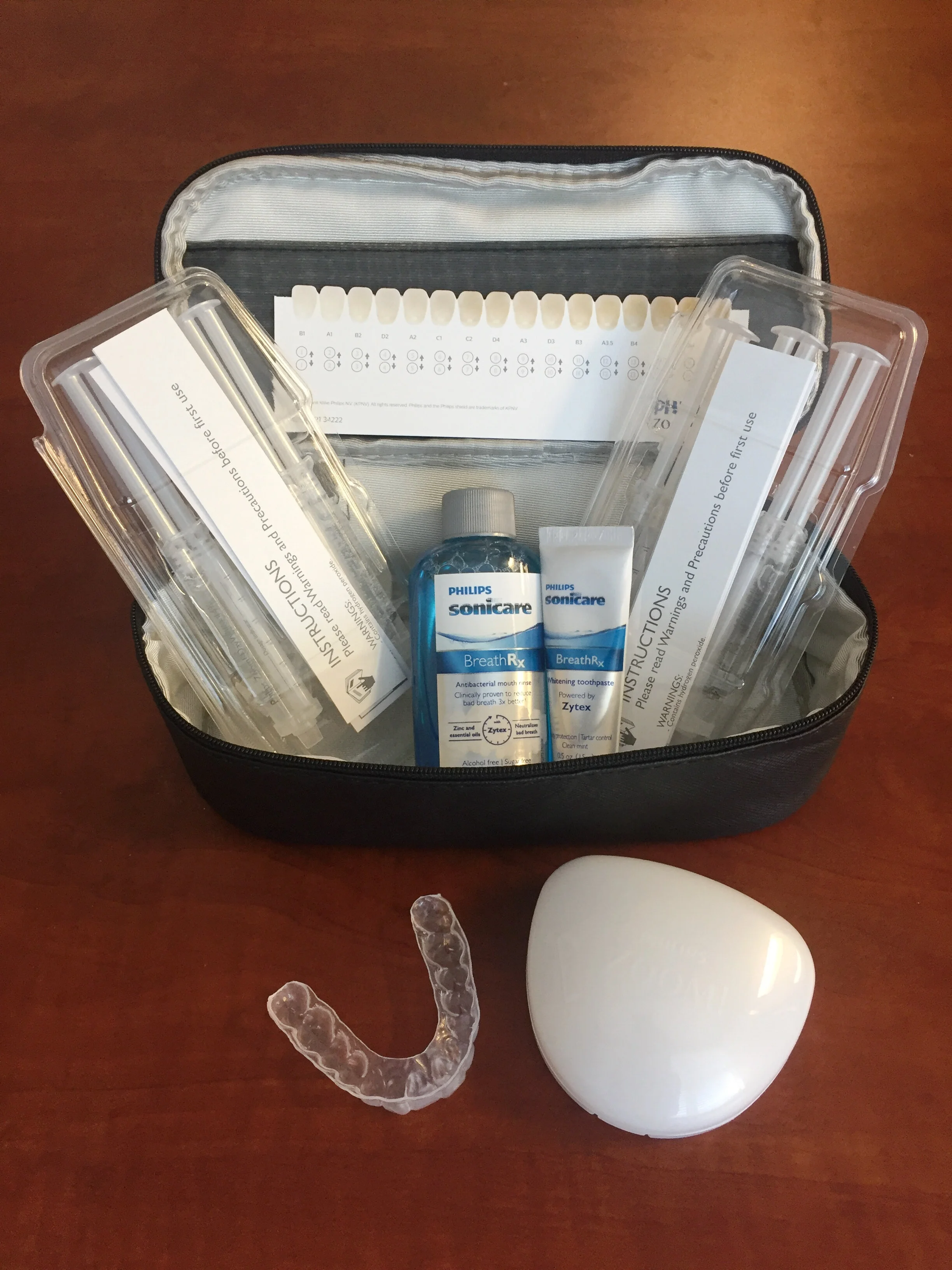With the growing concern of the Coronavirus, patients commonly ask what we are doing within our office to keep cleanliness, health and safety in mind. Did you know that we have always been cleaning our exam rooms to safeguard against the spread of infectious disease? Surprisingly, many patients haven’t noticed that dental professionals have been wearing masks all along and taking safety health precautions.
Within our office, we use what is called aseptic technique which is used in operating rooms. Aseptic technique is defined as a method of preventing the transmission of infection to the patient during the performance of various clinical procedures.
Exam room cleanliness from start to finish
All staff uses proper hand hygiene and frequent hand washing.
Personal protective gear such as gloves, masks, scrubs, protective eyewear and a lab coat have always been included as necessary protected gear. Since the pandemic, the dental staff wear a protective gown covering and surgical caps. Hygienists and the dental staff also wear a face shield in addition to wearing a mask.
After each patient and procedure, dental instruments are sterilized in an autoclave and are steam heated to a level that NO microorganisms can survive. This sterilization process helps remove, kill and deactivate ALL microorganisms.
After each patient, we use hospital-grade disinfectant in operatory. Everything is disinfected to include countertops, all dental equipment, and anything else that may have become contaminated, by direct contact or splatter during a procedure. During your procedure, you might have noticed that we use plastic barriers and disposable items where possible for example on computer keyboards. This prevents bacteria from reaching hard to clean areas, as well as preventing cross-contamination.
Anything that is used in a patient’s mouth during the procedure, cleaning or exam is either disposable or sterilized after each use.
Cross-contamination
All of these practices are used to prevent cross-contamination between our patients and also our dental team. Cross-contamination is the process by which bacteria or other microorganisms are unintentionally transferred from one substance or object to another, with harmful effect. Another example of this would be the dental staff removing their gloves when coming to the office side of our practice. The team minimizes contact transfer by awareness and following procedures for using the autoclave.
The dental staff has been trained to treat all patients the same and maintain cleanliness standards as if every patient had infectious disease such as HIV or hepatitis.
Although some diseases can be spread by touching surfaces, COVID-19 is not thought to be spread in this way. According to the CDC, the primary way that the virus spreads is close contact through respiratory droplets or small particles such as those in aerosols.
Additional precautions for pandemic
Our office now uses a hypochlorous acid (HOCl) non-toxic solution. It is a strong surface disinfectant and we use the solution in a fogger. It may help combat bacteria and viruses in the air as well. We use the fogger throughout the entire office. According to a recent study published on June 20, 2020, it has been determined that HOCl fogs are highly effective in the microbial disinfection of surfaces and may be found effective for cleaning the air. "
“The ability of a sprayer to make smaller particles may help a solution's molecules to be suspended in the air for a longer period because of their low settling velocity rate. This may increase the solution's chance of coming into contact with pathogens and inactivating them.” 1
We use the fogger to clean each evening and have a smaller diffuser in the waiting room that runs throughout the day.
Other safety measures have included:
increase in dental staff’s personal protective equipment (all previous precautions plus surgical gowns and caps, and face shields)
all magazines have been removed from waiting room area
encourage proper hand hygiene and have hand sanitizer available
all patients who have come in contact with a COVID-19 positive person are rescheduled, unless a dental emergency and then additional precautions are implemented
frequently disinfect all high touch surfaces including electronic tablets for patient form updates
limit the number of patients in the waiting area and we do our best to call patients into the office in a spaced out manner that limits long wait time
As an office it is our goal to have a balance of safety and caution while not causing fear within our office setting. It is always our goal to help you feel safe in the dental environment.
We appreciate our patients calling and informing us of COVID exposures so that we can make adjustments to their appointments. It has been one of the pivotal parts to keeping our patients and staff healthy.






